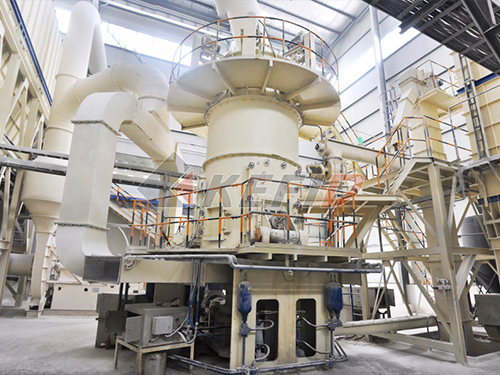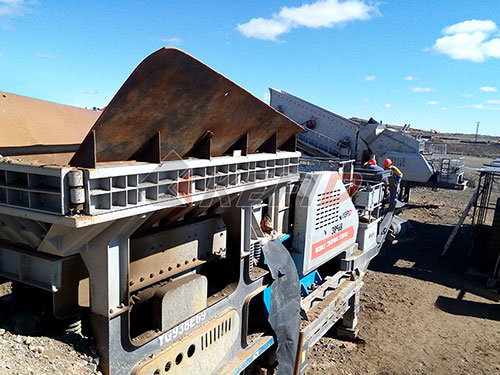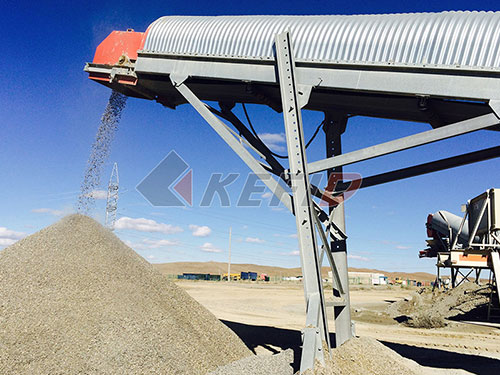The Engineered Efficiency: Unpacking BHP’s 200 TPH Two-Stage Crushing Plant Concept
The image titled “Bhp Crusher Plant 200tph On 2 Stage Image” immediately signals a focus on optimized mineral processing efficiency within the demanding context of large-scale mining operations associated with a global leader like BHP. While specific site details might be proprietary, analyzing this concept reveals a powerful blueprint for achieving robust throughput with controlled product size and operational reliability.
Decoding the Core Concept: Two-Stage Crushing at 200 TPH
1. Capacity Benchmark (200 TPH): This denotes a target throughput of 200 tonnes per hour. Achieving this consistently requires meticulous planning around feed characteristics (size distribution, hardness, abrasiveness), equipment selection, and material flow dynamics.
2. Two-Stage Philosophy: This is the heart of operational optimization:
Stage 1: Primary Crushing: Typically employs robust machinery like a Jaw Crusher or large Gyratory Crusher. Its primary function is coarse size reduction – taking blasted run-of-mine (ROM) ore often measuring feet/meters down to manageable chunks (typically 6-10 inches / 150-250mm).
Stage 2: Secondary Crushing: Utilizes precision machines like a Cone Crusher (or potentially an Impact Crusher depending on material). It receives the primary crushed product and further refines it to the desired final size specification for downstream processes (e.g., milling circuit feed size often around 0.5 – 2 inches / 12-50mm).
3. The Strategic Advantage: Why two stages?
Optimized Particle Size Reduction: Each stage specializes in its range of reduction ratios more efficiently than trying to achieve massive reduction in one step.

Reduced Energy Consumption: Distributing the crushing work allows each machine to operate closer to its optimal efficiency point.
Improved Product Shape & Control: Secondary crushers offer finer control over final particle shape and size distribution compared to primary units alone.
Lower Wear Costs: Primary crushers handle large rocks causing high-impact wear; secondary crushers handle smaller feed causing more abrasive wear. Separating these tasks allows tailored wear protection strategies.

Enhanced Flexibility & Scalability: Stages can potentially be tuned independently based on ore variability.
Visualizing the BHP Implementation:
While an actual image would show specific equipment

Leave a Reply